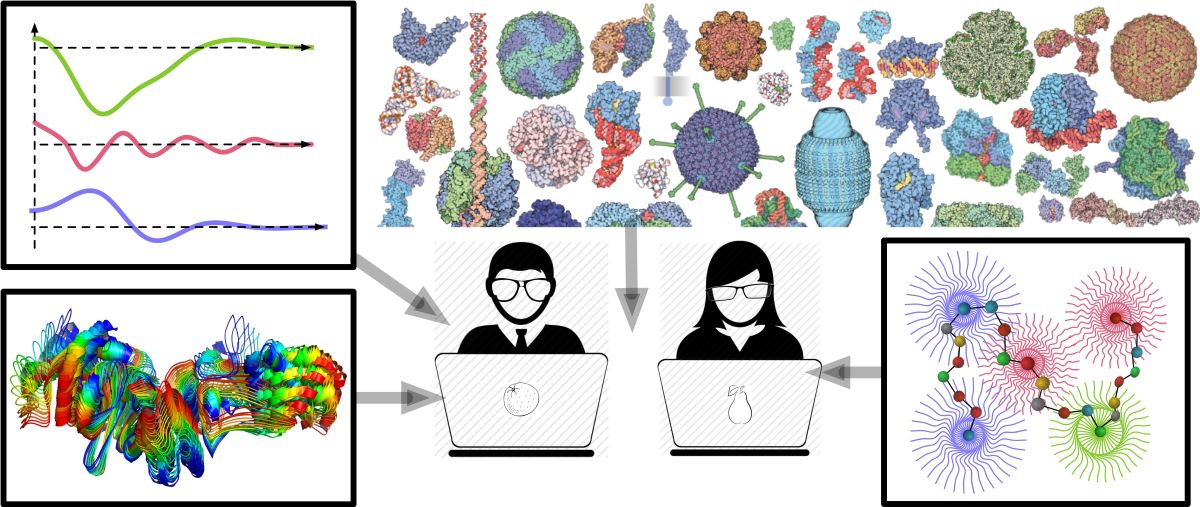Speaker
Description
Bacterial infections remain a major public concern due to the accelerated increase in the appearance of antibiotic resistance. Among the different mechanisms used by bacteria to resist to antibiotics, the active efflux plays a major role. In Gram-negative bacteria, this is achieved by tripartite efflux pumps that form a macromolecular assembly spanning both membranes of the cellular wall, the most studied being AcrAB-TolC in Escherichia coli and MexAB-OprM in Pseudomonas aeruginosa, two pathogens highly involved in patients' death associated to nosocomial diseases.
Along with functional and in silico studies, many structures were solved of the individual components of these pumps and more recently of the whole assembly [1-5]. Nevertheless, a lot of questions concerning the assembly, the mechanism of efflux, and the opening of the whole pump are a matter of active research, as the blockage of these pumps could restore the utility of the actual therapeutic arsenal. The comparison of the structures of the whole MexAB-OprM pump and of MexB we solved by cryo-EM from the same grid, combined with results from different approaches, led us to a better comprehension of the functional mechanism of the pump. These results helped us to clarify the role of the different protein actors, so as to identify the different targets for therapeutic molecule development.
| Submitting to: | Integrative Computational Biology workshop |
|---|

